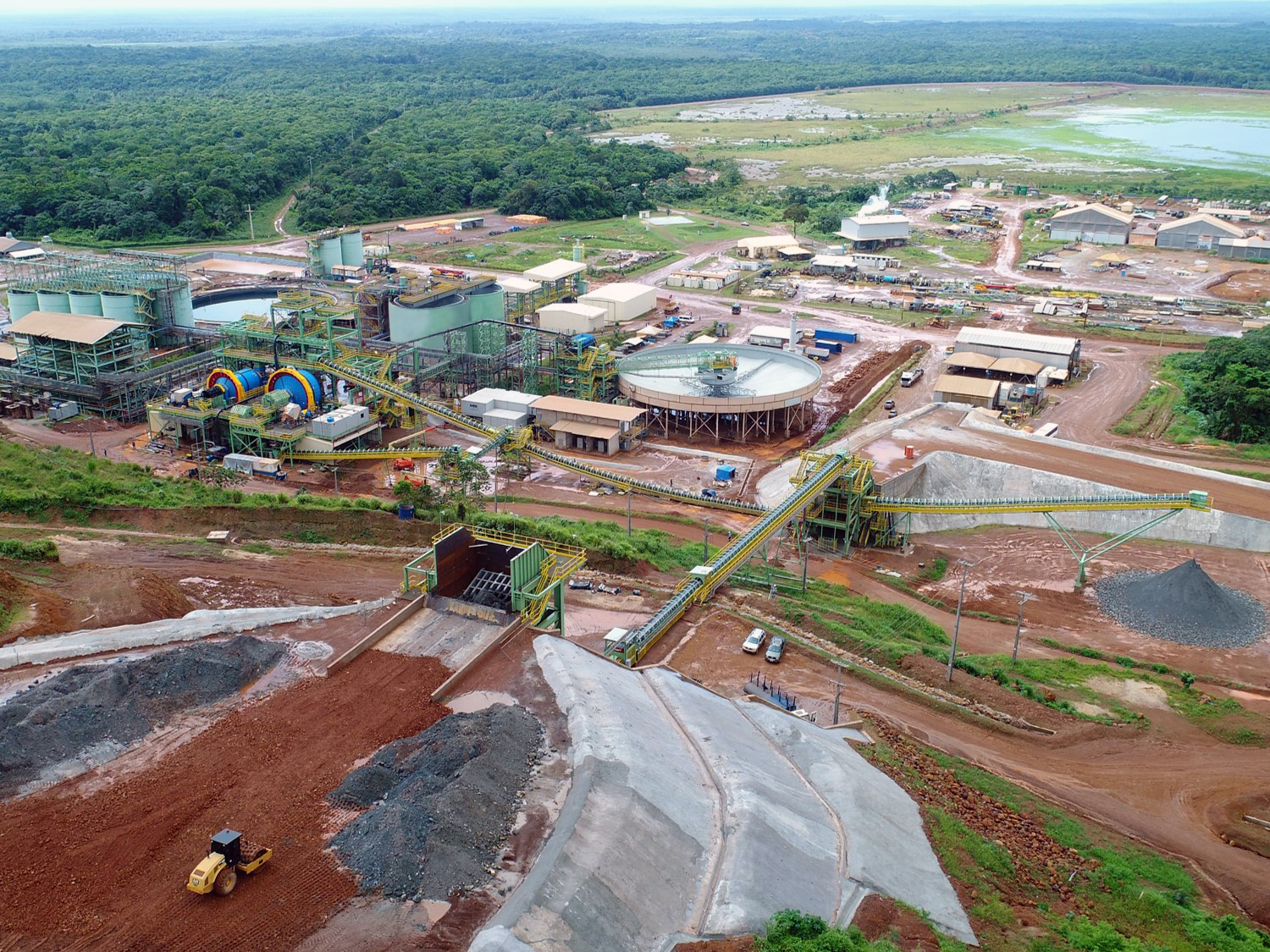Key Concepts In Lithium-Ion Battery Principles
A Consumer-Friendly Guide
Whether you’re a tech enthusiast, a curious consumer, or someone keen on the future of energy storage, understanding key concepts relating to lithium-ion batteries is invaluable. SafeQuip, a leading distributor of fire-related equipment, sheds more light on common terms associated with these powerful energy sources.
Lithium-Ion Battery
A lithium-ion (Li-ion) battery is a rechargeable battery known for its high energy density, making it lightweight and capable of storing a substantial amount of energy. It has a few key parts:
Cathode: This is one of the battery’s electrodes, its positive side. It’s made of special materials that store lithium-ions.
Anode: The other electrode, the negative side. It’s usually made of carbon-based stuff, like graphite.
Electrolyte: This is like the battery’s bloodstream. It’s a liquid or gel that helps lithium-ions move around between the cathode and anode. It’s important to note that the liquid or gel is flammable.
Separator: Think of this as the battery’s security guard. It keeps the cathode and anode apart to prevent short-circuits. It also allows the movement of ions which generate the electrical potential but blocks the electrons.
Current Collectors: These are like the wires in the battery, helping the electricity flow in and out.
SOC (State of Charge) : This indicates the percentage the battery is charged at. The higher the charge, the bigger the potential fire risk.
Battery Management System (BMS)
A Battery Management System is an electronic system that monitors and manages various aspects of a lithium-ion battery’s performance and safety. It is crucial in protecting batteries from overcharging, over-discharging, and other potentially harmful conditions. BMS is commonly used in electric vehicles and renewable energy storage systems.
Cycle Life
Cycle life refers to the number of charge and discharge cycles a lithium-ion battery can undergo before its capacity and performance start to degrade significantly. It is essential to consider cycle life when evaluating a battery’s long-term durability and cost-effectiveness, particularly in applications with frequent charging and discharging.
Thermal Runaway
One of the most significant concerns associated with lithium-ion batteries is a phenomenon known as thermal runaway. Thermal runaway occurs when a lithium-ion cell enters a state of uncontrollable self-heating.
This situation can lead to exceptionally high temperatures, the forceful release of gases from the cell, and the potential for smoke and fire to erupt. If a cell goes into a thermal runaway, it runs the risk of setting the other cells into a thermal runaway.
AVD (Aqueous Vermiculite Dispersion)
AVD is a fire suppression technology used in lithium-ion battery fire extinguishers. It consists of a water-based solution containing vermiculite, a naturally occurring mineral. AVD is designed to rapidly cool and suppress lithium-ion battery fires, making it an effective tool for mitigating fire hazards associated with batteries.
Fire Suppression
Fire suppression refers to the techniques and technologies used to control and extinguish fires. In the context of lithium-ion batteries, Lith-Ex Fire Extinguishers are here to give you peace of mind. Compact and powerful, Lith-Ex Fire Extinguishers are a must-have for every space. With their state-of-the-art technology, you can be confident that you’re prepared for any Lithium-ion battery fire emergency.
SafeQuip remains dedicated to elevating fire safety standards in South Africa and worldwide, ensuring the effective mitigation of lithium-ion battery fire risks.
SafeQuip’s lithium-ion fire extinguisher range will soon be accessible through retailers like Makro, Game, MIDAS, Matus, select Buco and Buildit outlets, Takealot, and your local fire extinguishing service agents.
Share this content:














